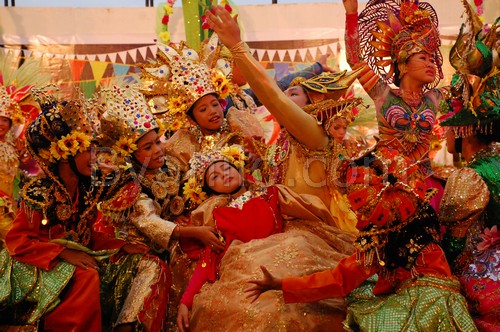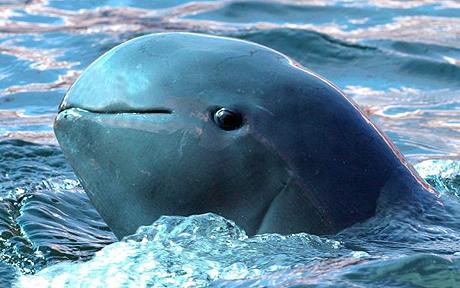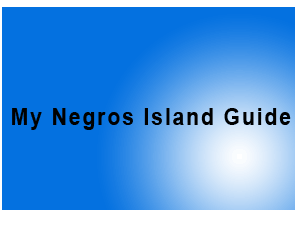- GENERAL INFORMATION
- General Info
- Money
- CITIES/TOWN
- Bacolod City
- Bago City
- Cadiz City
- Escalante City
- Himamaylan City
- Kabankalan City
- La Carlota City
- Sagay City
- San Carlos City
- Silay City
- Sipalay City
- Talisay City
- Victorias City
- Binalbagan
- Calatrava
- Candoni
- Cauayan
- EB Magalona
- Hinigaran
- Hinoba-an
- Ilog
- Isabela
- La Castellana
- Manapla
- Moises Padilla
- Murcia
- Pontevedra
- Pulupandan
- Salvador Benedicto
- San Enrique
- Toboso
- Valladolid

The Ruins
Like a lady wooed by her man, the Ruins play with your emotions especially at sunset with its orange pinks and purples hues. He charms, tickles and romances you. But at sundown, the Ruins take a different persona. With blue and golden sights emanating from nooks and crannies, it is now a lady, teasing, flirting, a temptress confident of her beauty as well as her majesty.

Bacolod …. Fun in the Mountain
Motor to the Hawaiian Philippines Company for some orientation on how the famous muscovado sugar is made. Here, you will have a good understanding of the island’s sugar industry and how it is able to sweeten your day.
Municipality of Pulupandan


Pulupandan is a 4th class municipality in the province of Negros Occidental,
Philippines. According to the 2000 census, it has a population of 25,849 people
in 5,175 households. The current mayor of Pulupandan is Hon. Magdaleno Peña.
Pulupandan derived its name from the vernacular phrase “pulo sang pandan”,
meaning “isle of pandan”, due to the wild forest of palms in the town during the
early days before it became a bustling seaport.Formerly a barrio of Valladolid,
Pulupandan was organized into an independent pueblo or temporary town together
with Sum-ag, Ma-ao and Dancalan among others in 1899 under the Republic of
Negros when it was created after the successful revolution of Negrenses against
Spain.In 1903, after the shortlived existence of the Negros Cantonal Government,
a Re-organization Committee was created in consonance with the re-organization
of the government during the American Occupation.Ironically however, the
municipality of Pulupandan was again incorporated as barrio of Valladolid
pursuant to the re-organization. Pulupandan remained as such until 1916 when it
was again segregated from Valladolid and re-organized into an independent
municipality.
Pulupandan was officially created into a town pursuant to the mandate of the
Governor General Francis Burton Harrison as contained in his Executive Order No.
95 dated December 23, 1916. This creation took effect on January 1, 1917 and was
implemented by Resolution No. 36 dated January 12, 1917 of the Provincial Board
of Negros Occidental with the late Gov. Matias Hilado.Before the Spaniards came
to the place, the municipality was covered by the wild forest of palms; it was
called “pulo sang pandan” or “isle of pandan” which the name “Pulupandan”
derived from and it was previously barrio of Valladolid before it was declared
an independent town.
Festivals
Salapan Festival - coined from the words salap and pandan. Salap is a native word for “fishnet” and is linked to the traditional guinamos industry. While the word ‘pan’ comes from the word “pandan” which is the basis of the town “Pulo sg Pandan” or isles of pandan. Likewise, another ‘pan’ refers to the port or “pantalan” which is the major factor in the economic growth of the town. The festival showcases: Regatta, Fishing Tournament, Boxing Tournament, Football Tournament (12 under), Live bands, Agro Trade Fair, Bike Race, Laro ng Lahi, Street Dancing Competition and Search for Salapan Festival Queen.
Famous Landmarks
Green Beach Liberation Stone Marker It was in the beaches of Pulupandan in
the early dawn of March 29,1945 that the historical event of the landing of
American Liberation Forces without any opposition nor bloodshed and who together
with the Filipino guerillas drive the enemy forces away from the island of
Negros. This marker standstill at Barangay Zone-1, showcasing the significance
of the area’s history and valor, boosting the pride and awareness of the new
generation of this rich cultural heritage of the Filipino people.
Jewels Restaurant. The place features the thrill and excitement of fishing
aboard a bamboo raft. The place is ideal for family outings and business
meetings.

